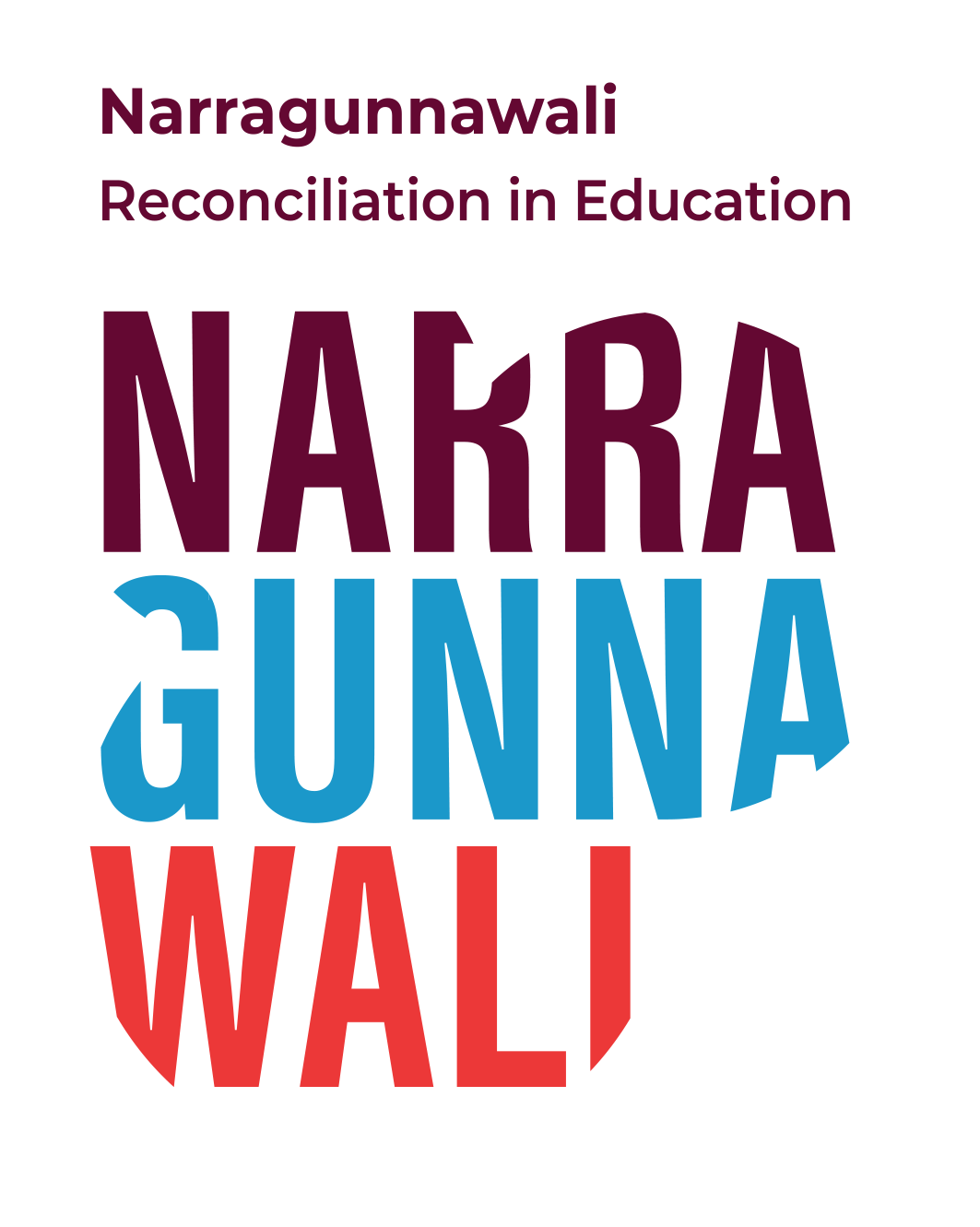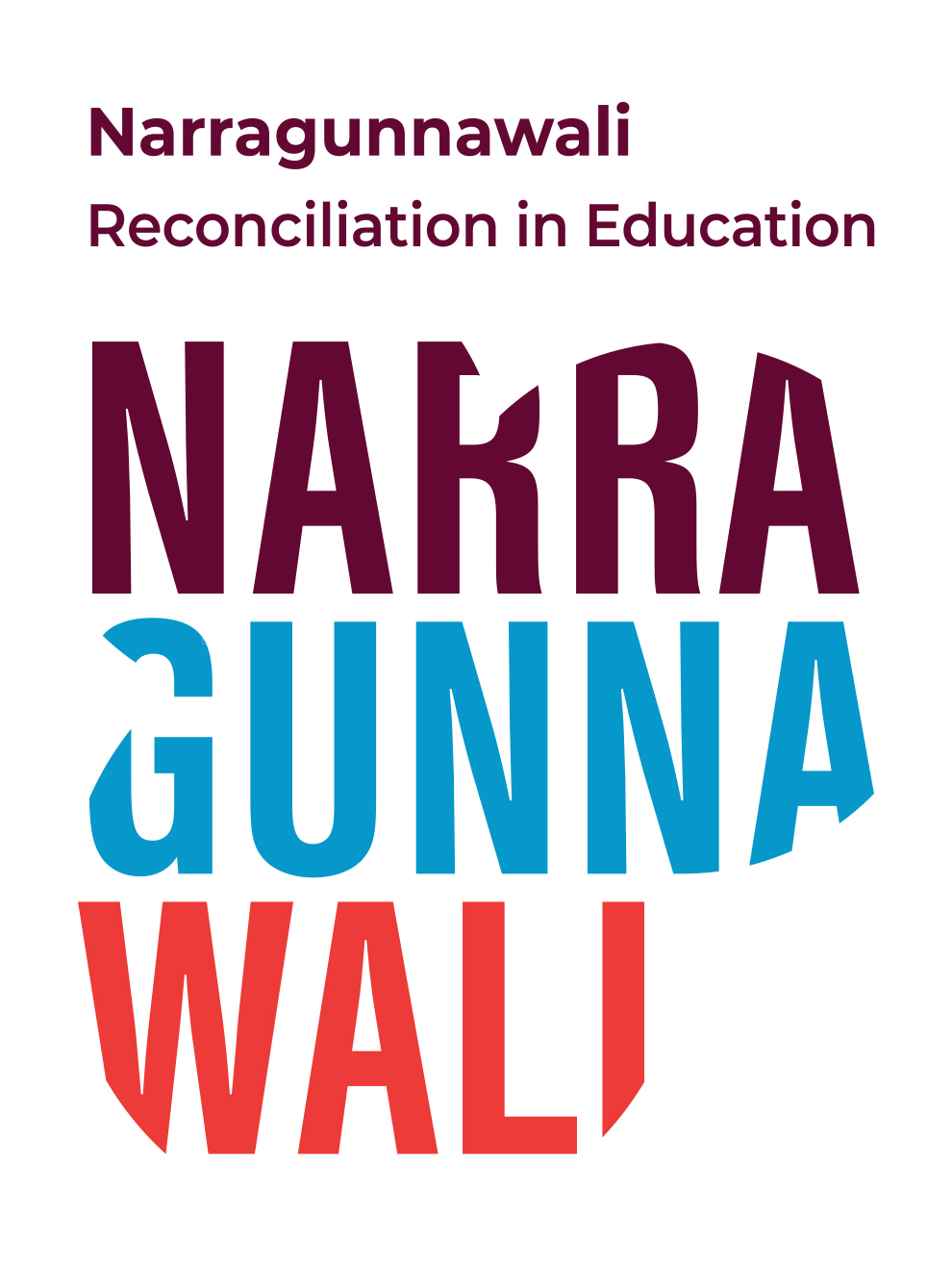Reconciliation in the Media – In This Together
The 2020 National Reconciliation Week theme, In this together, has been resonating throughout Australian and global media in ways that the team at Reconciliation Australia could not have foreseen when the theme was first announced. This year’s theme reminds us that, whether in a crisis or in reconciliation, we really are all In this together.
The media features below are just some of many examples that meaningfully reflect this year’s National Reconciliation Week theme.
The ABC's Walking Together Campaign
The ABC has been working closely with Reconciliation Australia for National Reconciliation Week this year.
To commemorate the 20th anniversary of the year 2000 reconciliation walks in Australia, an ABC-wide initiative, Walking Together, has been launched to reflect, listen and build on the shared national identity of Aboriginal and Torres Strait Islander and other Australians.
Walking Together works to unpack the truth-telling of our nation’s history; to actively acknowledge and embrace Aboriginal and Torres Strait Islander cultures and contributions; and to invite all Australians to continue to walk together on a journey to reconciliation.
We encourage schools and early learning services to explore the ABC’s suite of free-to-access online education resources and consider how some of these meaningfully connect with the In this together theme as well as with the Aboriginal and Torres Strait Islander Histories and Cultures cross-curriculum priority.
Resources shared across the ABC’s wider media channels, such as the ABC Kids Listen Little Yarns series, and the ABC iView This Place shorts, are further examples of relevance.
Discussion Questions:
• Why is it important to unpack the truths of our nation’s history, and actively listen to Aboriginal and Torres Strait Islander stories, voices and perspectives?
• What might it mean to be “in this together,” and to be “walking together”?
• What did the year 2000 walks for reconciliation symbolise, and what practical actions did these walks call for?
• What steps towards reconciliation have been achieved since the year 2000 walks for reconciliation?
• What is the next most meaningful step in your school or early learning service’s reconciliation journey?
In My Blood It Runs - The Film, its Making and its Impact Campaign
After hitting cinemas in January 2020, the powerful documentary film, In My Blood It Runs, has continued to receive positive media attention for the important story it shares about ten-year-old Arrernte/Garrwa boy, Dujuan Hoosan, and his wisdom of history and the complex world around him. Audiences walk with Dujuan as he grapples with the longstanding and continuing inequities of the Australian education system, all the while finding the space to dream for his future self, and the future of all Aboriginal and Torres Strait Islander students and young people.
Since the film’s making, Dujuan’s story has continued to be followed through the media, with Dujuan becoming one of the youngest people to address the Human Rights Council at the United Nations in Geneva. “Many people don’t see my strength, my culture and me learning from my Elders and my Land. This is who I am and they don’t see this at school,” he told the Council, reflecting his deep understanding of Aboriginal and Torres Strait Islander children’s rights to culture, language, Land, and self-determination, and pointing to how actively listening to the voices of children, building relationships with community and building connections with Country/place is crucial to informing and improving two-way learning opportunities into the future.
In terms of the In this together theme, it is the making of In My Blood It Runs that is perhaps just as impactful as the film itself, and the impact campaign that follows the film’s release, however. In My Blood It Runs arose organically from the decade-long relationships that Director, Maya Newell, has shared with Arrernte Elders, families and community organisations. The intimacy of the film and the delicacy with which it has represented the complex struggles of Dujuan and his families’ lives has been achieved through a deep and collaborative process between the filmmaking team, the Arrernte and Garrwa families in the film, and the board of Advisors to the film, all of whom are core partners and have been involved in robust consultation at all stages of production. This ongoing collaborative process has much to teach us about how positive race relations can practically support a shared sense of unity, all the while ensuring that each individual comprehensively understands and co-defines the terms of their involvement and has control over how their stories are portrayed.
To learn more about how you, your school, or your organisation can get involved with In My Blood It Runs, and make a commitment to reconciliation in education part of your story, visit:
• https://inmyblooditruns.com/education/
• https://inmyblooditruns.com/takeaction/
Reconciliation Australia is proud to be an Education Partner for In My Blood It Runs, and you can find an In My Blood It Runs Professional Learning Resource for Teachers here on our Narragunnawali platform.
Discussion Questions:
• What might the film, In My Blood It Runs, teach us about the current state of reconciliation in education, and about some of the next steps to be made in our nation’s reconciliation journey?
• How does might the collaborative process behind the film’s making reflect the In this together theme?
• How might you and/or your school community engage with the film, as well as with its education resources and impact campaign, as part of your wider reconciliation in education journey?
Gondwana Indigenous Children's Choir Takes Part in Virtual 'Rise Up' Recording
While the context of the COVID-19 pandemic has presented many challenges, it has also seen many innovative solutions for sharing stories and spreading messages about reconciliation via online media.
For example, a recent In this together good news story saw members of Gondwana Choirs, including the Indigenous Children’s Choir and the Sydney Children’s Choir, virtually collaborate with choirs internationally (the Boston Children’s Chorus, the Denver Children’s Choir, the Children’s Chorus of Washington DC and the Cincinnati Boychoir) to present the song “Rise Up” by Andra Day. This collaboration spreads a strong message of hope and unity, and represents an innovative example of how to bring students and children together even while distanced from physical classrooms and communities of practice.
For more ideas on ‘doing reconciliation remotely,’ see our Narragunnawali tips for taking action towards reconciliation in online classrooms, and via virtual communities of practice, and don’t forget to share your stories and ideas with us too!
Discussion Questions:
• How can music, as a medium, be used to connect people, and to spread important messages about reconciliation?
• How are Aboriginal and Torres Strait Islander histories and cultures connected to the Subject/Learning area of Music, as well as meaningfully interconnected across all other Subject/Learning areas?
• While localised, place-based practice is often key to driving reconciliation in education, what are some relevant and responsive ways of ‘doing reconciliation’ remotely?
-
18 Apr 2024NATIONAL RECONCILIATION WEEK 2024 CURRICULUM RESOURCES
-
18 Apr 2024Teacher Feature – Sherri Bryers, Tasmania
-
18 Apr 2024Civil Discourse: Post-Referendum for schools


